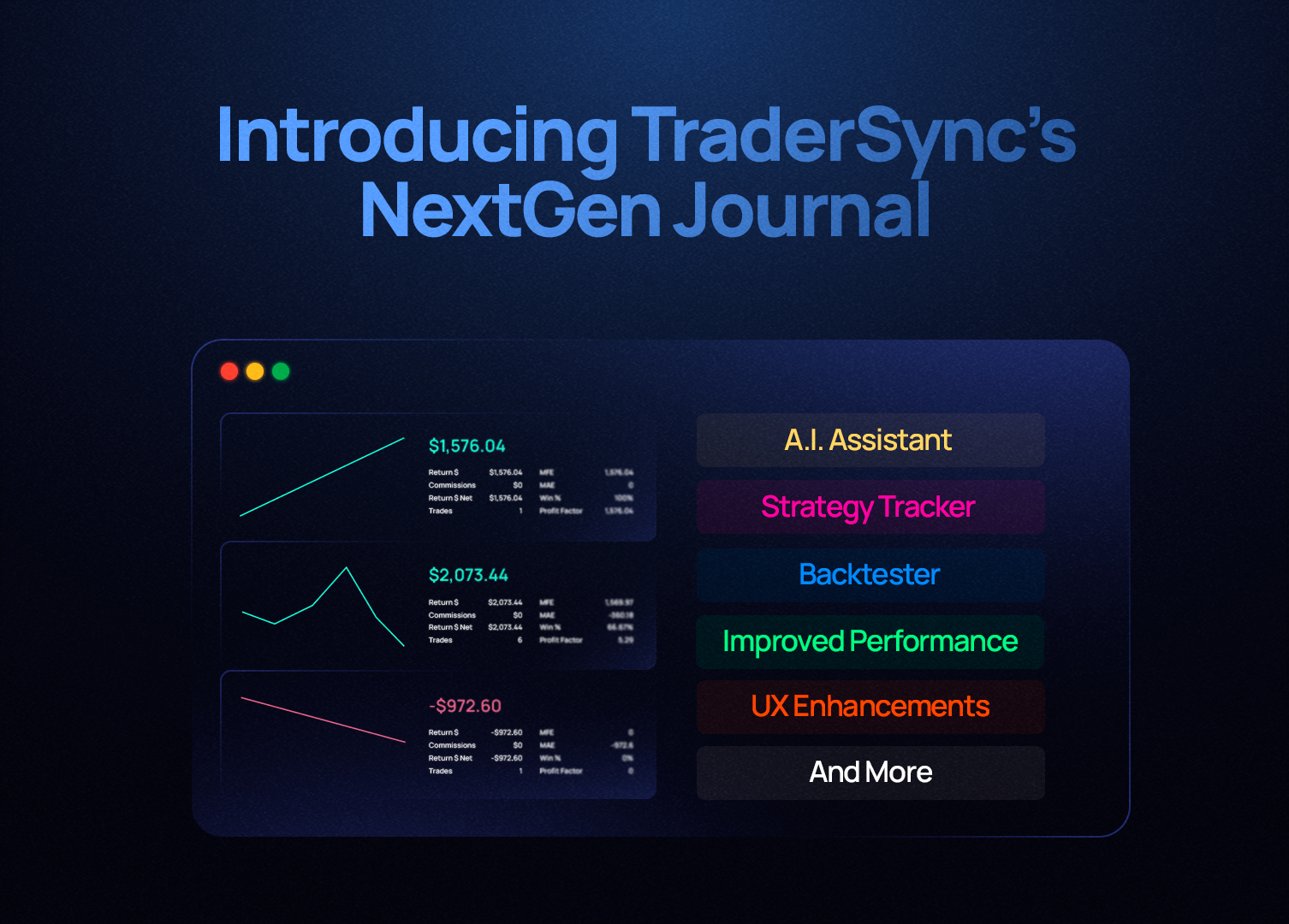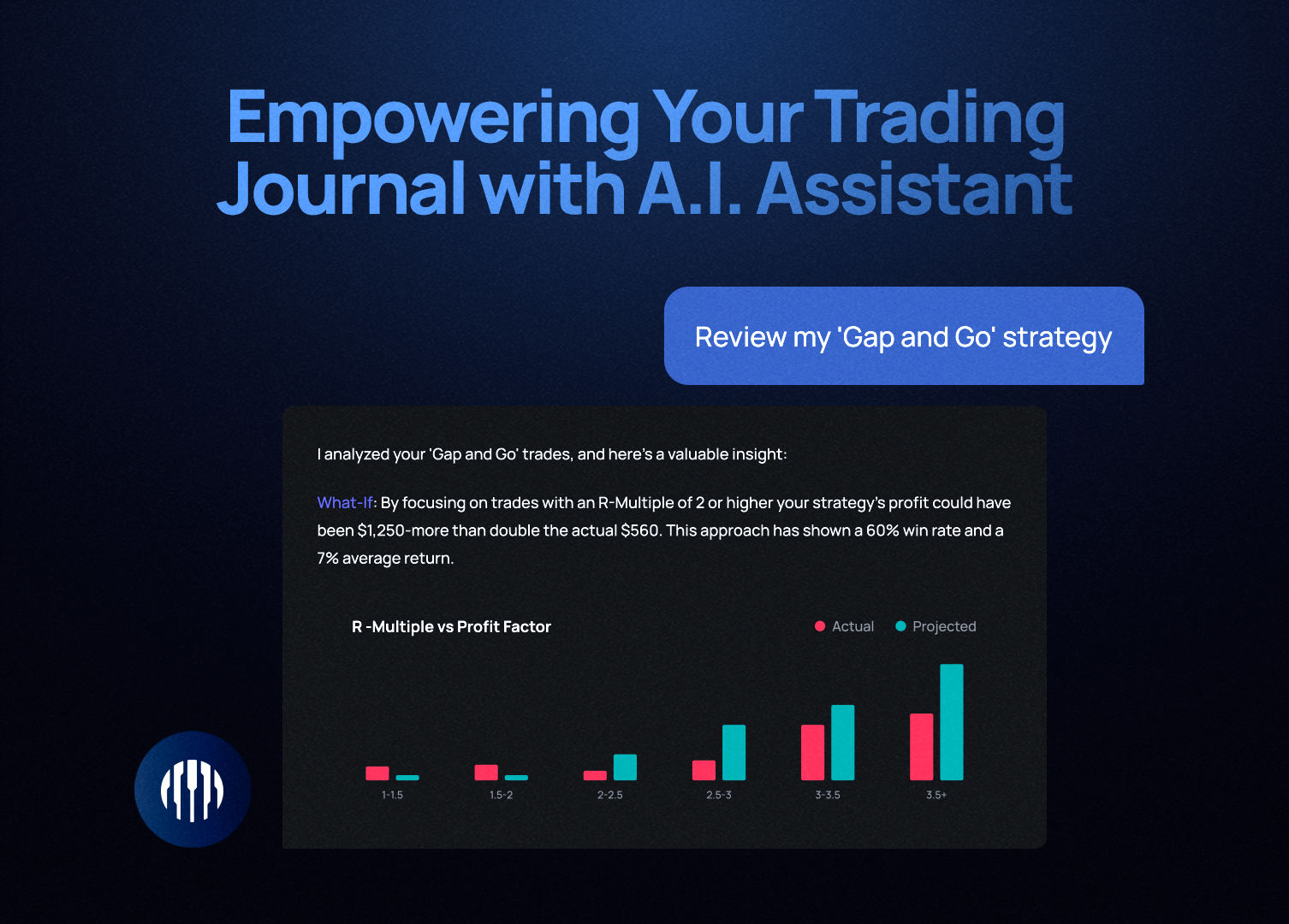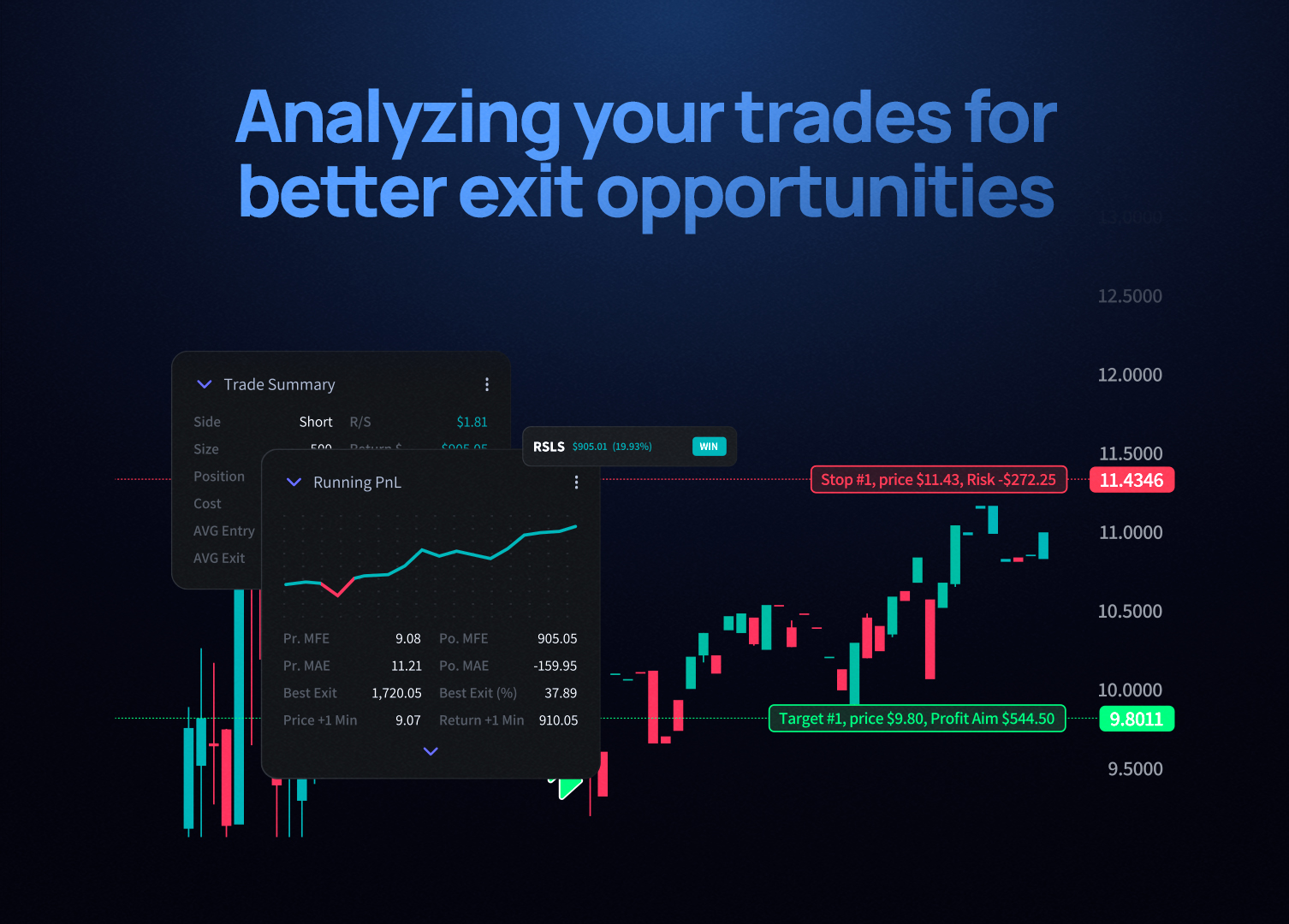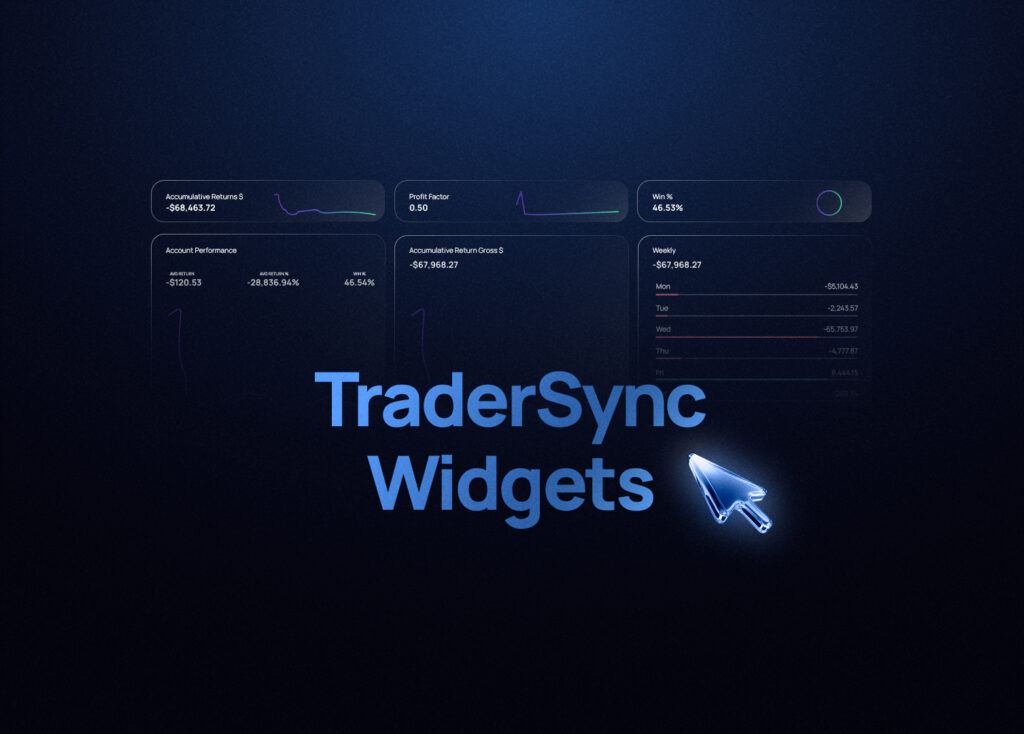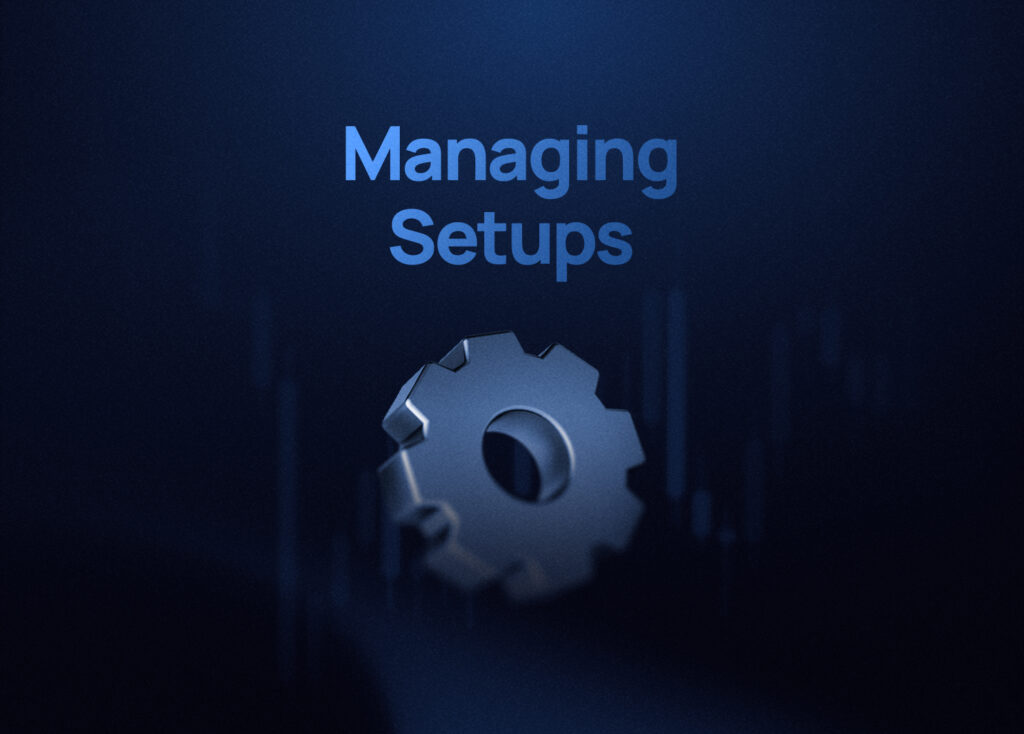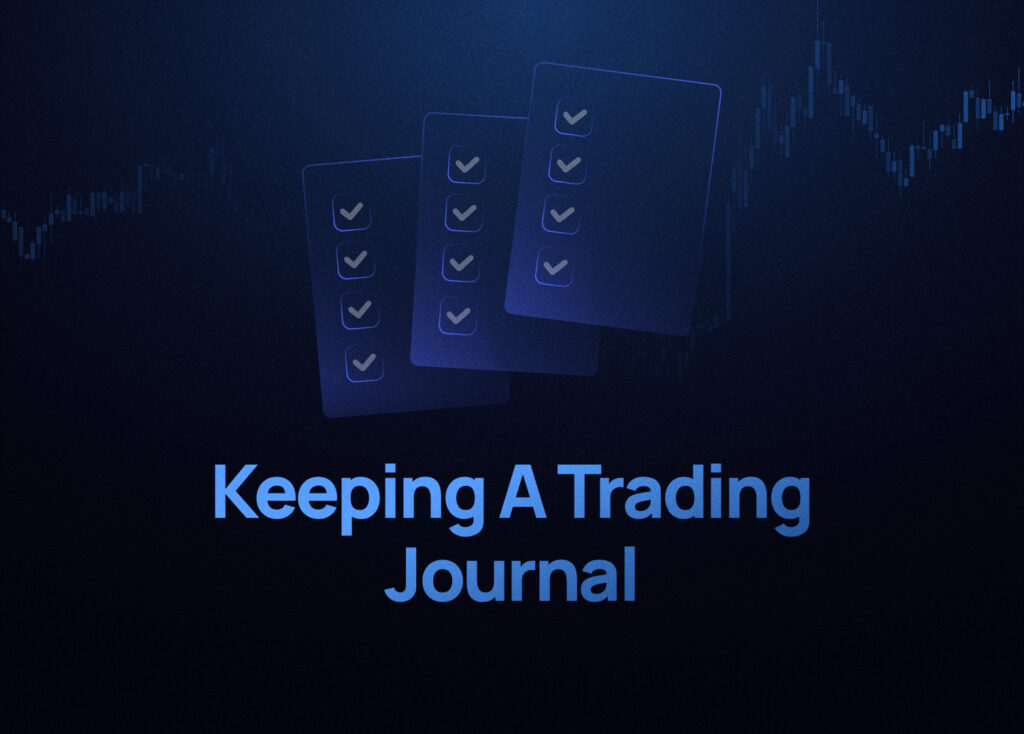Trading without a plan is like driving a car without a steering wheel. You need a plan to follow, a strategy to stick to, and a way to track your progress. Monitoring your progress based on the plan will create a clear vision of what you are doing right and wrong.
Before creating a trading plan, we highly suggest identifying the patterns you want to focus on and avoid. Here is a great article that shows you how to do that.
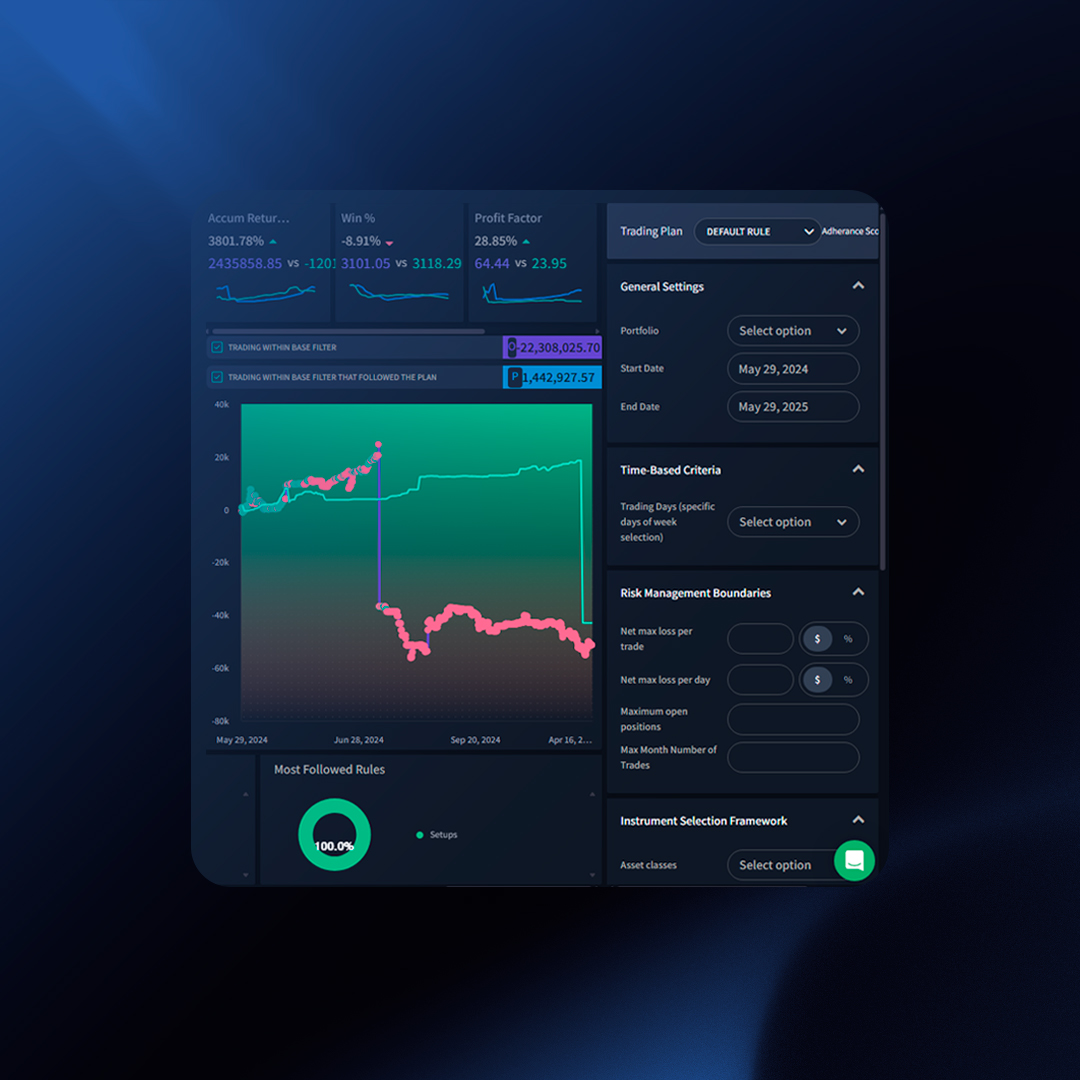
How to Create a Trading Plan
- Click “Create Trading Plan”
- Type the Plan Name
- Select a Date Range:
- From: Select when you started the plan. If you are starting today, select today’s date.
- To: Select the end date for this plan. Leave it blank if it will not have an end date.
- Select Portfolios: Choose the portfolio you plan to follow with this Trading Plan.
- Define Trades to Focus: For example, if the “Gap and Go” setup brings 80% of your profit, specify that you only want to trade this setup. Trades outside this setup will be tagged as outside the plan.
- Define Trades to Avoid: For example, if trading on Fridays leads to significant losses, specify in the plan to avoid trading on Fridays. Any trade placed on Friday will be tagged as outside the trading plan.
Defining Criteria for Trades to Focus and Trades to Avoid
- Daily Count: The number of trades taken per day.
- Setup: The trading strategy or setup used.
- Mistake: Any errors or deviations from the plan.
- Week Day: The specific days of the week trades are taken.
- Size: The size of the trade or position.
- Month: The months during which trades are taken.
- Hour: The hours of the day trades are executed.
- Side: The direction of the trade (long or short).
- Asset: The specific assets being traded.
- Max Accum. Trade Loss: The maximum accumulated loss from trades.
- Sector: The sector of the assets being traded.
- Volume Change: Changes in trading volume.
- Max Accum Daily Loss: The maximum accumulated loss for a day.
- Max Individual Trade Loss %: The maximum loss percentage for a single trade.
- Max Daily Individual Trade Loss: The maximum loss for an individual trade in a day.
- Max Accumulated Daily Loss: The maximum total loss for a day.
- Entry Price: The price at which trades are entered.
- Month Count: The number of trades taken per month.
Tracking Plan Progress
- The Green Line: Represents your original equity curve.
- The Purple Line: Represents the equity curve for trades within the plan’s criteria, based on Portfolio and Date Range.
Under the purple line, you will see two colored dots:
- Green: Trades that have followed the trading plan.
- Red: Trades that have not followed the trading plan.
Your goal is to ensure all trades under the purple line stay green, indicating adherence to the plan and that you are on track.
Understanding Calculations
Potential Performance: The room for improvement based on past trades.
For example, assume you placed four trades:
- Trade 1: $10 – Followed the plan
- Trade 2: $20 – Did not follow the plan
- Trade 3: -$30 – Did not follow the plan
- Trade 4: $40 – Followed the plan
Current PnL: $40 (10 + 20 – 30 + 40)
PnL on Trades That Followed The Plan: $50 (10 + 40)
Potential PnL: $100 (10 + 40 + 10 + 40)
Essentially, we replace trades that did not follow the plan with trades that did, assuming similar PnL outcomes. The potential performance is the difference between the current PnL and potential PnL, highlighting the opportunity for improvement.
Adding the Trading Plan Widget
Once you have defined your trading plan, we suggest adding the “Trading Plan” widget to your dashboard. This will help you monitor how well you’re following the plan as you continue to trade.
 End of Year — Up To 60% Off
End of Year — Up To 60% Off



